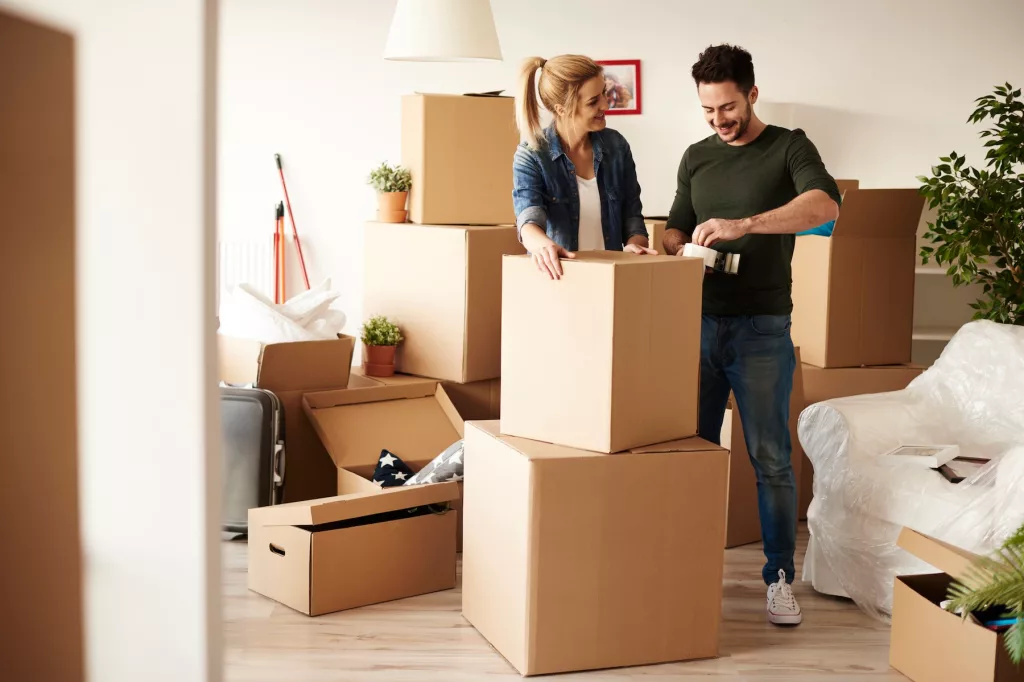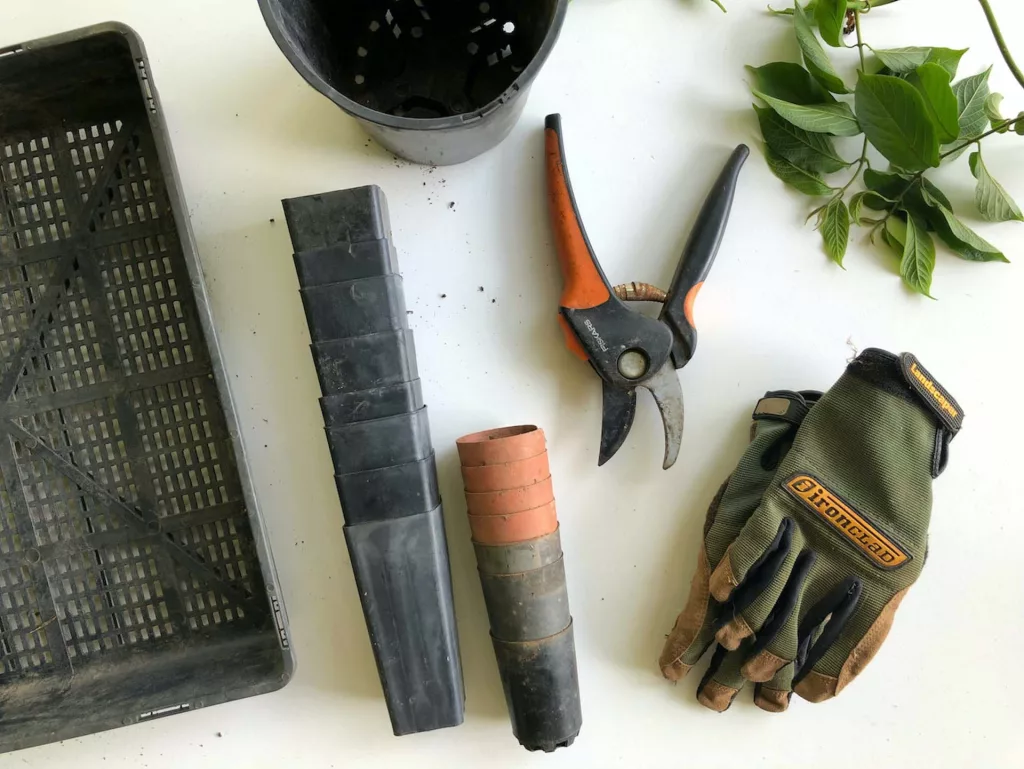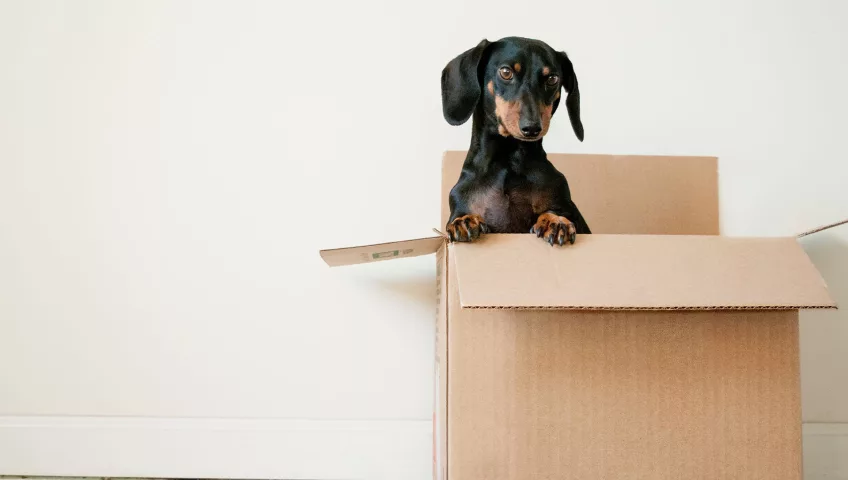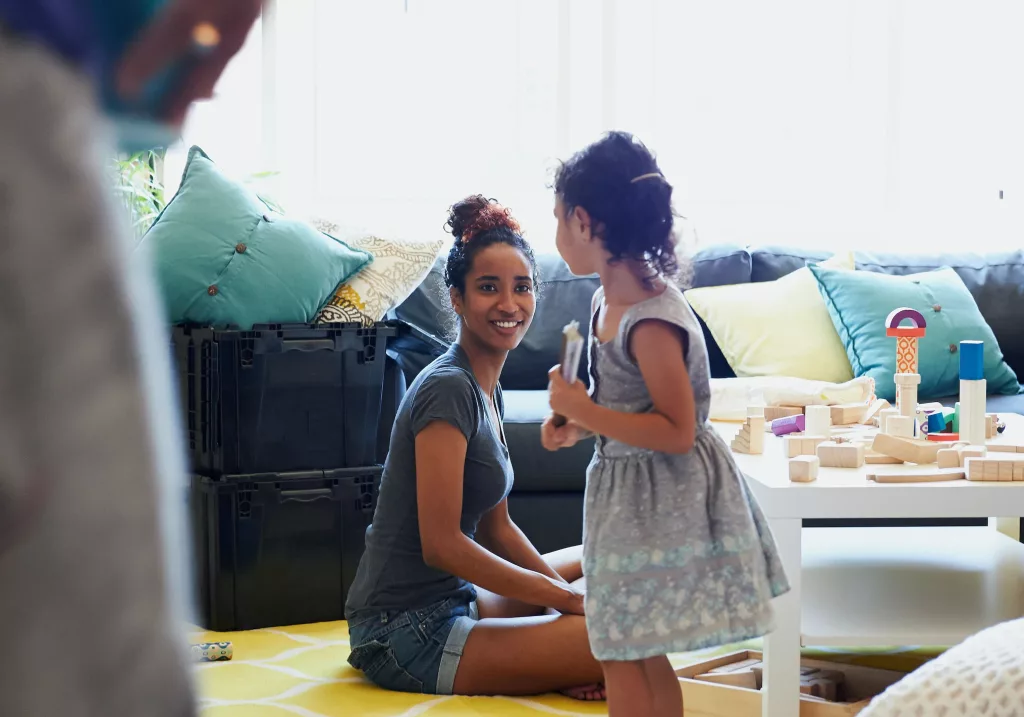
DIY Moving vs. Professionals
Making the Right Choice for Your Furniture Removal Needs.
In this article, we’ll provide an overview of both DIY moving and professional services, outlining the key differences between the two. Our goal is to empower you with valuable insights and solutions to make your furniture removal experience as stress-free as possible.
Planning a Move?
Are you planning a big move and feeling overwhelmed by the prospect of relocating your furniture and belongings? You’re not alone. The decision between tackling the move on your own with a DIY approach or hiring professional services can be daunting. Each option has its own pros and cons, and understanding these can help you make the best decision for your specific needs and budget.
Stay tuned as we dive into the essential factors to consider, including cost, time, effort, and potential risks, to help you make an informed decision between DIY moving and hiring professional services for your furniture removal needs.
Cost Comparison
When it comes to moving your furniture and belongings, budget is often a top concern. Understanding the costs associated with both DIY moving and hiring professional services can help you make a choice that aligns with your financial goals. In this section, we’ll break down the expenses involved in each approach, shedding light on potential hidden costs and savings opportunities specific to the Australian market.
DIY Moving Expenses
Truck rental and fuel costs: Renting a moving truck in Australia typically ranges from AUD 100 to AUD 250 per day, depending on the size of the vehicle and the rental company. Additionally, factor in fuel expenses, which can fluctuate depending on distance and current petrol prices.
Packing materials: Boxes, bubble wrap, packing tape, and other supplies can quickly add up. Be sure to scout for deals at local retailers or explore borrowing or purchasing second-hand materials to save on costs.
Equipment rental: Specialized equipment like dollies and moving blankets may be necessary for a safe and efficient move. Renting these items from a local supplier can cost anywhere from AUD 40 to AUD 70 per day.
Professional Service Expenses
1. Labour costs: Hiring a professional 2 person and truck removalist in Australia typically ranges from AUD 140 to AUD 200 per hour, depending on factors like the number of movers and the region. Keep in mind that peak moving times, such as weekends and holidays, may result in higher rates.
Sometimes the “more expensive” removalists end up being substantially cheaper in the end, as they can be more efficient at getting the job done safely without charging hidden fees. If you research your removalist and read the customer reviews you can make a more informed decision to get a fantastic hassle free experience.
2. Packing and unpacking services: Some removal companies offer optional packing and unpacking services for an additional fee, usually ranging from AUD 25 to AUD 50 per hour per packer.
3. Insurance and additional service fees: Professional movers often provide insurance coverage options to protect your belongings. While basic coverage may be included in the quote, comprehensive insurance plans may come at an extra cost. Also, consider potential extra fees for services such as disassembly and reassembly of furniture or handling of specialty items.
Hidden Costs and Potential Savings
Lost or damaged items: DIY moves may result in unexpected expenses due to lost or damaged belongings. On the other hand, professional movers are more experienced in handling items safely, which can save you money in the long run.
Time off work: Consider the potential loss of income if you need to take time off work to manage your DIY move. This is an often-overlooked expense that can significantly impact your overall moving budget.
Discounts and promotions: Keep an eye out for discounts or promotions offered by professional removal companies, as these can help offset the costs and make the service more affordable.
Keep these cost comparisons in mind as you weigh your options and select the most suitable choice for your furniture removal in Australia.



 Plants have an extraordinary way of breathing life into our homes, creating lush oases that nourish our souls and connect us to nature. As treasured members of our households, these verdant companions deserve the utmost care and consideration when it comes to moving them to a new abode. However, relocating plants can be a delicate endeavor, fraught with challenges that may leave even the most seasoned green thumbs feeling overwhelmed.
Plants have an extraordinary way of breathing life into our homes, creating lush oases that nourish our souls and connect us to nature. As treasured members of our households, these verdant companions deserve the utmost care and consideration when it comes to moving them to a new abode. However, relocating plants can be a delicate endeavor, fraught with challenges that may leave even the most seasoned green thumbs feeling overwhelmed. Equipping yourself with proper containers and packing materials can be make or break for safeguarding your plants during transit.
Equipping yourself with proper containers and packing materials can be make or break for safeguarding your plants during transit.
 As a professional removalist company, we’ve helped countless families move with their furry friends and little ones, and we’ve gathered some of our best tips to help make your move as easy and enjoyable as possible.
As a professional removalist company, we’ve helped countless families move with their furry friends and little ones, and we’ve gathered some of our best tips to help make your move as easy and enjoyable as possible.